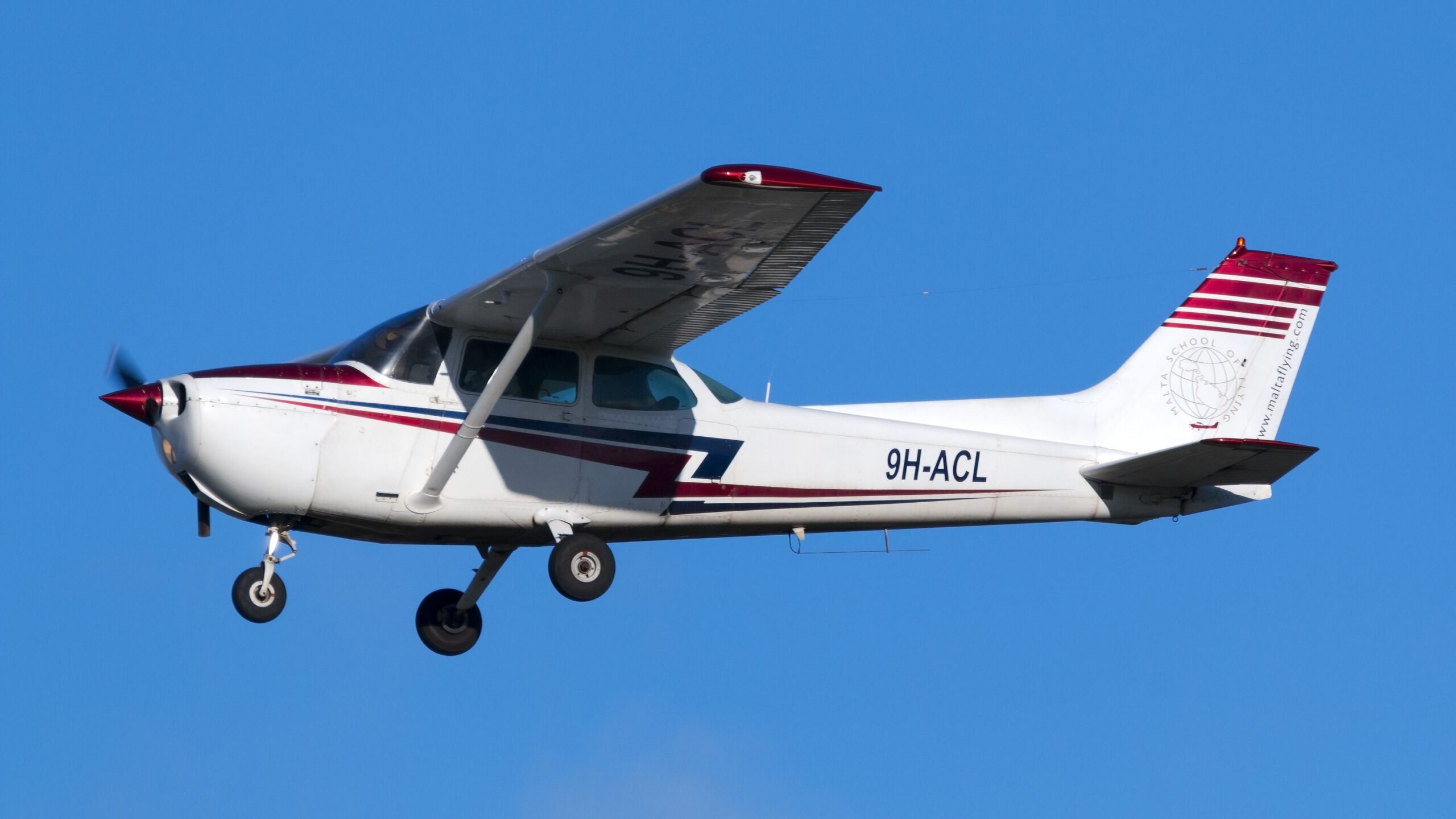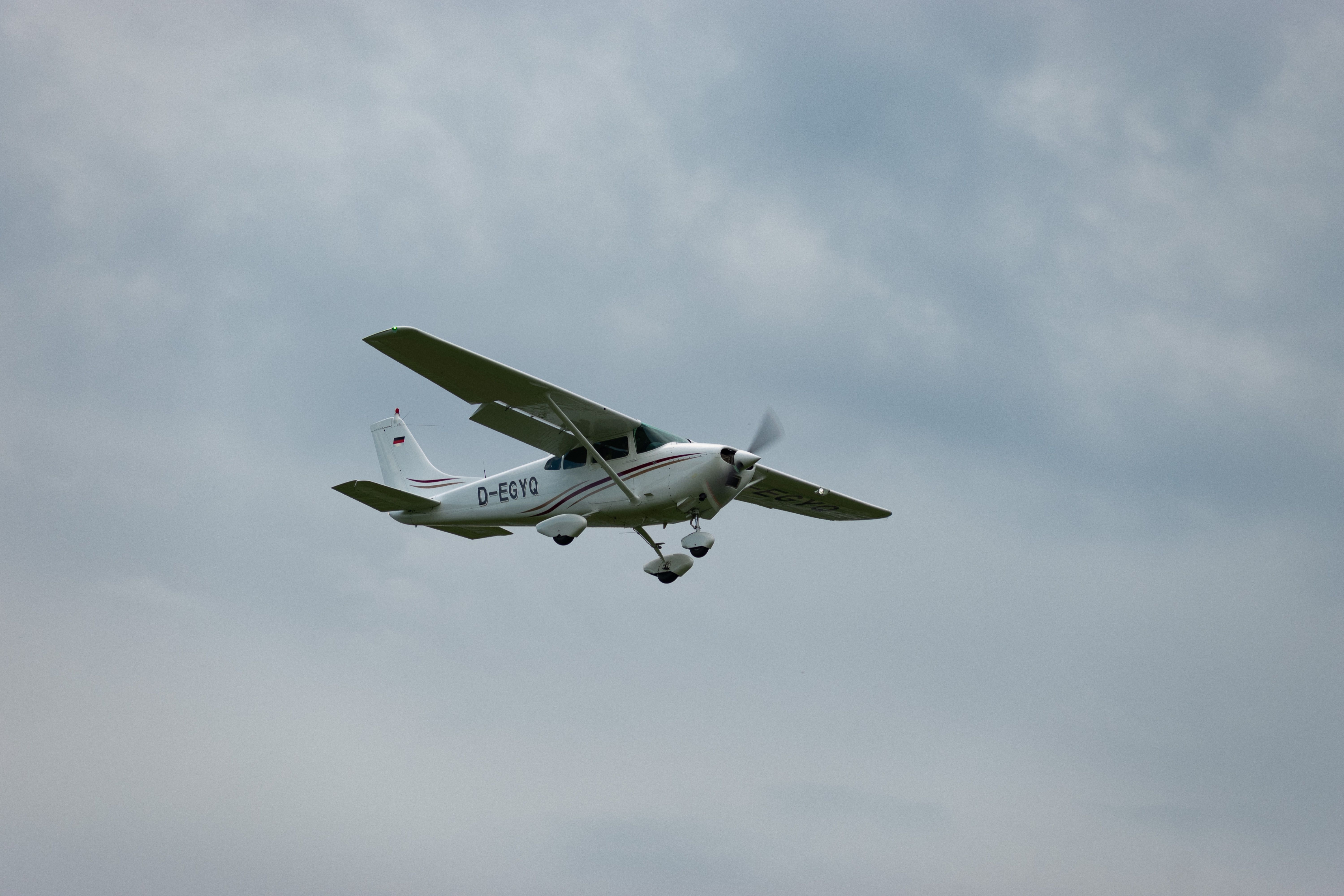On Thursday, August 29, the California legislature officially signed a ban on leaded aviation gasoline, according to AvWeb. This law that enforces the ban is now on its way to the Governor of California, Gavin Newsome. Once he signs off on the bill, which he is predicted to do, the ban would go into effect throughout the state beginning in 2031. California would be the first state to ban leaded aviation fuel if Newsome signs the bill.
Moving through the California government
Late last week, the California House passed a bill banning leaded aviation fuel by a vote of 59 to 11. The following day, on Thursday, August 29, the California Senate also passed the same bill, this time with a vote of 30 to 8. Now the bill is to be sent to Governor Gavin Newsome’s desk. Newsome has the ability to veto this bill, although he is not expected to, but must sign or veto the bill by September 30. However, even if Newsome vetoes the bill, it already has a two-thirds majority, which would defeat the veto and advance the bill.
Photo: Robert Buchel | Shutterstock
This specific bill is listed as SB1193 and was brought to the California legislature by Democratic Senator Caroline Menjivar. The bill was also co-authored by Ash Kalra and Henry Stern, other Democratic Senators.
According to Digital Democracy Calmatters, SB1193 is summarized as prohibiting an airport operator or aviation retail establishment from selling, distributing, or making available leaded aviation gasoline to consumers. The bill is projected to take effect on January 1, 2031.
This makes California the first state to officially ban leaded aviation fuel. However, several states across the United States have bills in progress through their legislature that also ban leaded aviation fuel from use within the state’s borders. Washington and New Mexico previously proposed bills banning leaded aviation fuel, but early last year, the bills were defeated in the Senate.
Photo: Robert Buchel | Shutterstock
The opposition to all of these bills, including the California bill, were quick to mention that no replacement unleaded fuel has yet to be identified as a universal solution. Let’s take a look at what initiatives are working toward finding a safer and more environmentally friendly aviation fuel solution.
Issues with leaded aviation fuel
Leaded fuel has been banned from the automotive industry for years, yet general aviation aircraft, and specifically piston-engine-powered aircraft, still operate with leaded aviation fuel across the world. Leaded aviation fuel is considered to be a major contributor to airborne lead pollution. Lead particles existing in the air can eventually be absorbed by plants or the ground. Per Jalopnik, it is also a potent neurotoxicant and can have harmful effects on a pilot’s health. This includes affecting the nervous system or damaging the immune system.
Photo: Ryan Fletcher | Shutterstock
Because of this, several initiatives have been formed to begin reducing the use of leaded aviation fuel in general aviation, and instead turning toward other forms of more sustainable aviation fuel (SAF). The Federal Aviation Administration (FAA) began an initiative called the Piston Aviation Fuel Initiative (PAFI), which was formed in partnership with the EPA. This project is working toward finding a universal solution for fuel, which would in turn begin phasing out leaded aviation fuel. However, no solution has been discovered yet.
The FAA also launched the Eliminate Aviation Gasoline Lead Emissions (EAGLE) initiative. This project is looking to remove leaded aviation fuel from piston aircraft by 2030. This project is set to be sped up, especially as California now plans to begin its leaded aviation fuel ban in 2031. EAGLE will look to identify a fuel solution by 2030, which would be identified in time for the leaded aviation fuel ban to begin.




